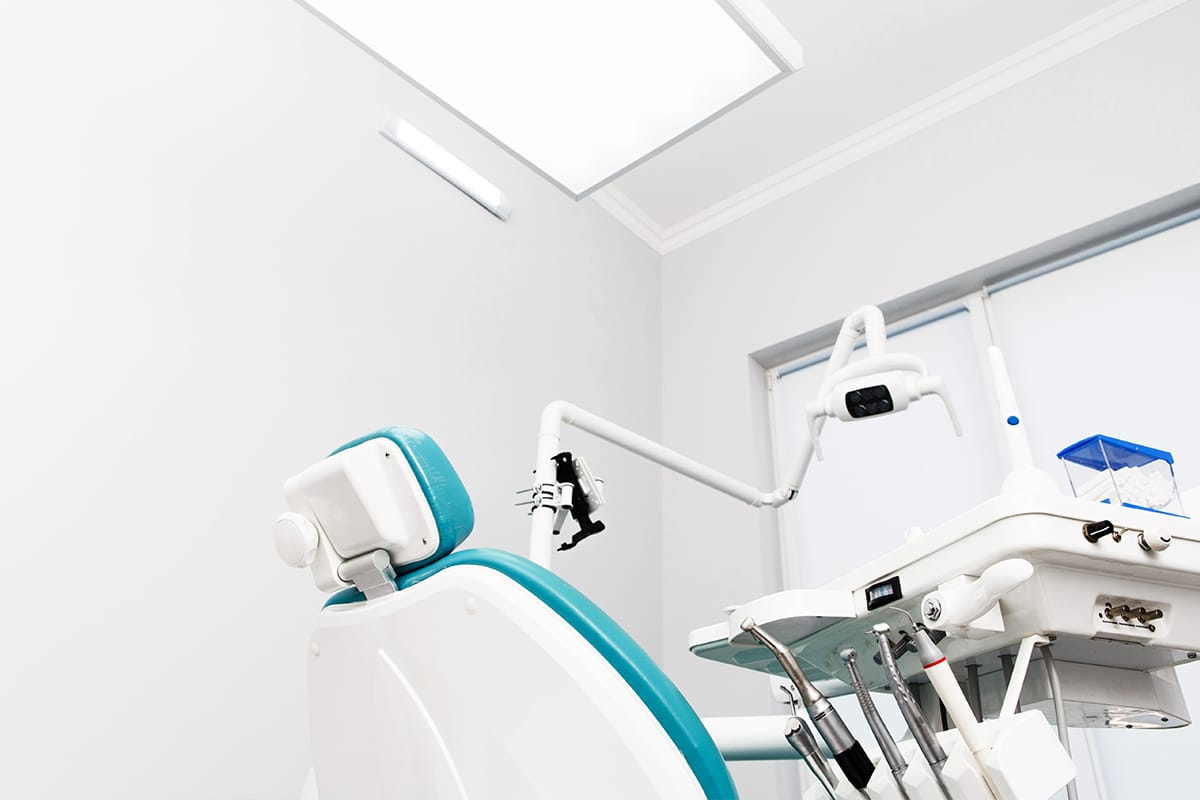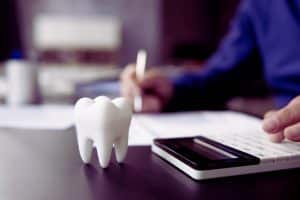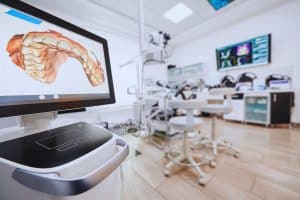In the ever-evolving landscape of dental practice management, staying up-to-date with the latest equipment and technology is paramount to delivering optimal patient care. However, acquiring new dental equipment can be a significant financial investment. The good news is that the US government provides a tax incentive called Section 179 that can greatly benefit dental practices. In this blog post, we’ll delve into the world of equipment purchases, explore the nuances of Section 179, and provide insights into how dental practices can make the most of this opportunity.
Section 1: Understanding the Significance of Equipment Purchases
Investing in modern dental equipment isn’t just about staying competitive – it’s about improving patient outcomes, enhancing diagnostic capabilities, and streamlining daily operations. From advanced imaging systems and chairside technologies to sterilization equipment and ergonomic furniture, dental practices rely on a range of equipment to provide top-tier care. Here are some key considerations when it comes to equipment purchases:
- Enhancing Patient Experience: State-of-the-art equipment can significantly improve the patient experience. From reducing discomfort during procedures to enhancing the efficiency of treatments, modern equipment can contribute to higher patient satisfaction.
- Clinical Excellence: Up-to-date equipment can aid in accurate diagnoses and more precise treatments. This leads to better clinical outcomes and boosts the practice’s reputation for delivering quality care.
- Operational Efficiency: Newer equipment often comes with improved automation and user-friendly interfaces, which can lead to increased efficiency in daily operations. This, in turn, can positively impact the practice’s productivity and profitability.
Section 2: Unpacking Section 179
Section 179 of the Internal Revenue Code is a tax provision that allows businesses, including dental practices, to deduct the full purchase price of qualifying equipment and software purchased or financed during the tax year. This deduction is aimed at incentivizing businesses to invest in themselves and stimulate economic growth. Here’s a deeper dive into how Section 179 works:
- Eligible Equipment: Section 179 covers a wide range of equipment used for business purposes, including dental equipment and technology. This includes dental chairs, digital imaging systems, CAD/CAM systems, sterilization equipment, and much more.
- Deduction Limits: The maximum deduction allowed under Section 179 can change from year to year. However, as of my last update in September 2021, the limit was set at $1,050,000. This means that dental practices can deduct up to $1,050,000 of the cost of qualifying equipment in the year it’s purchased.
- Phase-Out Threshold: There’s a phase-out threshold for total equipment purchases. Once your total equipment purchases for the year exceed a certain threshold (which was $2,620,000 as of 2021), the deduction begins to phase out.
- Bonus Depreciation: In addition to Section 179, dental practices can also take advantage of bonus depreciation. This allows businesses to deduct a certain percentage (often 100% in recent years) of the cost of new equipment in the year it’s placed in service.
Section 3: Maximizing the Benefits of Section 179 for Dental Practices
Taking full advantage of Section 179 requires careful planning and consideration. Here are some strategies for dental practices looking to maximize the benefits of this tax incentive:
- Consult with Financial Experts: It’s crucial to work closely with financial advisors or accountants who specialize in dental practice finances. They can help you navigate the complexities of Section 179, ensuring that you take full advantage of available deductions.
- Equipment Assessment and Planning: Evaluate your practice’s equipment needs and create a plan for necessary purchases. Prioritize equipment that not only improves patient care but also aligns with your long-term goals.
- Timing Matters: To qualify for the Section 179 deduction in a given tax year, the equipment must be purchased and put into service by December 31st of that year. Consider your practice’s financial situation and plan your equipment purchases accordingly.
- Leasing vs. Purchasing: Dental practices often have the option to lease equipment. While leasing doesn’t qualify for the Section 179 deduction, it might still be a financially sound option, depending on your practice’s needs and circumstances.
- Document Everything: Keep thorough records of your equipment purchases, invoices, and any relevant documentation. This will be invaluable during tax season and in the event of an audit.
Conclusion
In an era where technology and patient expectations are rapidly evolving, dental practices must prioritize staying current with equipment and technology. The tax benefits offered by Section 179 provide a unique opportunity for dental professionals to invest in their practices while also reducing their tax liability. By understanding the significance of equipment purchases, grasping the intricacies of Section 179, and partnering with financial experts, dental practices can confidently make informed decisions that lead to improved patient care, operational efficiency, and overall success. Remember, while this information is accurate as of September 2021, tax laws and regulations may change, so it’s always recommended to consult with a tax professional for the most up-to-date advice.
Fazel Mostashari graduated from the University of Southern California, USC, with a Master’s Degree in Business Taxation. He is a CPA with the impressive combination of extensive tax expertise and comprehensive knowledge in all areas of financial planning. Owner of Dental CPA in California, rely on him to guide you through the challenges of purchasing equipment as a new dental practice owner and any other financial planning matters.




